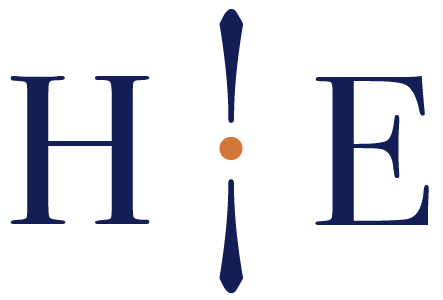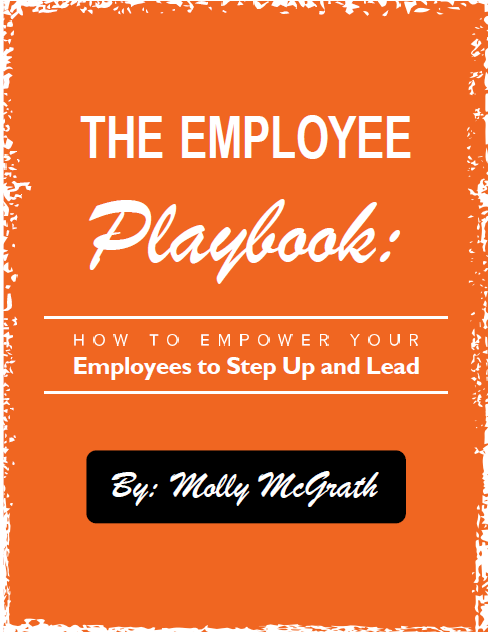I was talking with members of a law firm a few days ago and discussing the position they were hiring for. I asked them candidly, “About five months ago your cash flow was really in the toilet. I know you guys have worked hard to turn that around. How are you going to make sure it stays consistent when adding on a new person?”

One of the scariest things about adding a new employee is maintaining cash flow during the process until the new employee can start returning on your investment. You have a new “mouth to feed” on your overhead now, along with any training you are sending them to, and hard costs like a desk or computer. Factor into that the time you or a team member, or both, will be losing as you spend time training. Without some intentional planning, you are going to be carrying the cost for a bit, until the new employee is actually functioning and producing revenue (in whatever that means to their role in your company) and losing productivity from other staff and yourself. Most business owners look at their CURRENT cash flow when they decide if they can afford to hire, and don’t factor in the effect on their anticipated cash flow after the hire is made.
In my conversation with this company, we identified the three most crucial things that contributed to turning around its cash flow. We agreed that those things must be anchors in the hiring and training process. They can’t go by the wayside in the distraction of a new hire. They are even MORE crucial now. If you are adding staff to your team, I encourage you to identify the three anchors that maintain (or turned around) your cash flow.
If you aren’t sure what your anchors are, try these as a starting point:
- Pay attention to cash flow! Do your reports religiously. (This means whatever reports track not just collected cash flow, but also what’s coming in, so you can focus on it.) Share them in your Monday morning meeting and intentionally plan your week to make sure you are bringing in consistent cash flow and filling up your pipeline. It’s so easy to stop looking and be reactive to your cash flow instead of proactive. Even if your report is scary, better to look at it and try to adjust and address the cash flow problems now versus at month end, when payroll is due and your bank account is low.
- Have a detailed tracking of your cash flow conversion process. A lot of times our reporting shows total cash flow, total profit, or maybe even new hires this month (anticipated income). What it often lacks is a tracking of each step of our process of getting hired by a client and what our average conversion is. From initial phone call, to first meeting or workshop, to proposal, to hire – what is the conversion rate? And what is the total monthly average? If you KNOW you get on average 20 new referrals each month, and 17 of them attend a workshop for more information, and 15 of those attend a private meeting, and 12 of those hire for an average fee of $4,000, you can look daily and see EXACTLY how far off the mark you are (or ahead of it).
Rather than a report showing you that your cash flow is down 30% and that, instead of 12 new clients, you are only getting seven, reporting like this lets you see WHERE the breakdown is so you can address it and not guess at it. Are fewer people being referred? Or are fewer people attending a workshop? At what step is the conversation dropping? That’s where you need to look and see what changed or what is no longer working.
Or perhaps you are still getting your 12 new clients a month but your average fee has dropped. OK, why? What changed in the process of how you explain your value?
For example, a company I worked with was looking at running an expensive advertisement to drum up more business because our revenue was low. Thankfully the boss and I pulled out these reports and said, what a minute: We have the same number of people being referred to us, we just have fewer coming in for a private meeting after attending our educational workshop. So placing this ad to get MORE people coming to the workshop was pointless if something happening in that workshop isn’t exciting people to come in for a meeting. We pulled apart the workshop process, identified some things to adjust and tried to measure it. Sure enough, over the next three workshops we not only got our conversion rate back on track but improved it, which means more new clients WITHOUT the expensive ad.
Having detailed tracking helps you identify breakdowns and make wise decisions with where to improve or spend money in your process.
- Have a specific plan for onboarding your new employee. Part of the cash flow conversation around new hires is getting the new person up to speed and producing results as quickly as possible. This really starts before you even place an ad for your new employee. Having a clear analysis of what you need to hire for and HOW it’s going to produce results in your company is crucial. We typically hire out of pain, but having a thought-out plan is less dangerous when it comes to getting a new employee producing results. Before your new hire starts, having a 30-, 60- and 90-day plan for exactly what they need to be able to accomplish at each benchmark to get them producing revenue-affecting results will support keeping your cash flow consistent. If not, although you are devoting a lot of time and revenue hours to training the new person, it’s a big guess when they will start returning on that investment.
It also lets you know sooner rather than later where a new hire needs retraining and reinforcement, or if, unfortunately, they are not a good fit and can’t keep up. It helps your team, and you, know what order to train in versus hit and miss. And just as important, share this plan with the new hire so they know how to self-manage getting the training they need. They can speak up and say, “Hey, I am supposed to be able to produce a new client proposal by my 60-day mark, but we are 40 days in and haven’t started training on that. Can I schedule time for us to do so?”
If you need help sorting out what exactly you need to hire for and a training plan that will let you anticipate your ROI on a new employee, give us a call or contact us for a complimentary Smart Hire Diagnostic call at https://hiringandempowering.com/contact-us/.


Great stuff!